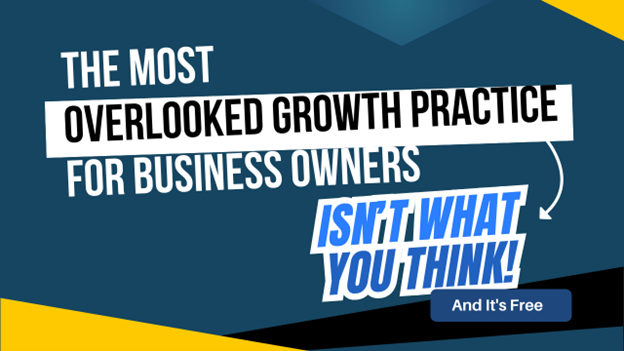Stop Spinning Your Wheels and Start Seeing Results
Has this ever happened to you? A brilliant idea sparks, you meticulously plan every detail, create beautiful spreadsheets, and envision the triumphant launch. Maybe you even practice a little Law of Attraction in your meditative practices each morning.
But then…<insert sad trombone sound>.
The plan sits there, gathering dust, because life has gotten busy, you’ve been plagued by self-doubt, or you moved on to the next exciting concept.
Sound familiar?
Or maybe you’re the opposite.
Maybe you’re all about action and no planning. You’re jetting off to the next hottest thing without seeing anything ripen and produce.
Many business professionals fall into this trap, leaning too heavily on either the planning or the action phase. We either over-analyze and never launch, or we jump in headfirst without a strategy and quickly burn out.
So, how do we bridge the gap and turn those well-laid plans (or exuberant energy) into tangible results?
Ready, Set, Go
Finding the balance between planning and action is crucial for success. Too much planning leads to paralysis, while too much action leads to a game of chaotic professional ping-pong, bouncing from one thing to the next.
Here's how to navigate that middle ground and start experiencing real progress:
1. Define Your "Why" and Set Clear Goals: Before diving into the nitty-gritty details, revisit the core reason behind your plan. Why is this important? What do you hope to achieve? Does it fit into what you’re already doing or is it a new undertaking altogether? If it’s new, do you aim to replace or enhance what you’re currently doing? Clearly defined goals provide direction and motivation, making it easier to prioritize and stay focused.
2. Break It Down: Large, overwhelming plans are often the biggest culprits of inaction. Break your grand vision into smaller, manageable steps. Instead of "launch a new product line," think "research competitor pricing," "develop prototype," "create marketing materials."
These bite-sized tasks feel less daunting and provide a sense of accomplishment as you tick them off. Building momentum is a large part of sticking with something long-term.
3. Embrace Imperfect Action: Perfection is the enemy of progress. Don't wait for everything to be flawless (or the timing to be perfect) before taking a step. Sometimes, "good enough" is better than "never done." Remember, even a small step is a step, if it aligns with your goals. That imperfect thank you note you send is better than the perfect note you never write.
4. Resist the Shiny Object Syndrome: In today's fast-paced world, it's easy to get distracted by the next "big thing." Don't be a "shiny object entrepreneur." Constantly chasing fleeting trends and abandoning projects when they don't instantly go viral is a trip to Nowheresville.
True success is built on consistency and perseverance. Focus on your core plan, refine it as needed, and stick with it.
5. Build Relationships, Not Transactions: Today's most successful businesses are built on strong relationships. You can't cultivate genuine connections if you're constantly flitting from one project to the next, across multiple disparate audiences, solely focused on quick wins. Invest time in building rapport with clients, partners, and even competitors. These relationships can be invaluable for support, collaboration, and long-term growth. Remember, people do business with people they know, like, and trust.
6. Review and Adjust: Your initial plan is just a starting point. Regularly review your progress, analyze what's working and what's not, and adjust your strategy accordingly. Be flexible and willing to adapt. The business landscape is constantly evolving, and your plan should too.
But this is where a lot of people stumble. They confuse new projects with timely adjustments. When things get rough or boring, they think innovation means a completely new undertaking. It doesn’t have to. Sometimes innovation is making changes to how you’re currently doing something and serving your market in a new way.
7. Celebrate Small Wins: Recognizing and celebrating your accomplishments, no matter how small, is essential for maintaining momentum. It reinforces positive behavior and motivates you to keep moving forward.
8. Create Daily Habits: Following daily habits can keep you on track and accountable toward your progress.
Bridging the gap between planning and action requires conscious effort and a shift in mindset. Not to mention, walking away from the idea of going viral. You still can, of course, but don’t make it your only goal. It’s too easy to get discouraged. Instead, transform your ideas into reality and achieve lasting success through these steps.
----------
Christina Metcalf is a writer and women’s speaker who believes in the power of story. She works with small businesses, chambers of commerce, and business professionals who want to make an impression and grow a loyal customer/member base. She is the author of The Glinda Principle, rediscovering the magic within.
_______________________________________
Medium: @christinametcalf
Facebook: @tellyourstorygetemtalking
Instagram: @christinametcalfauthor
LinkedIn: @christinagsmith




